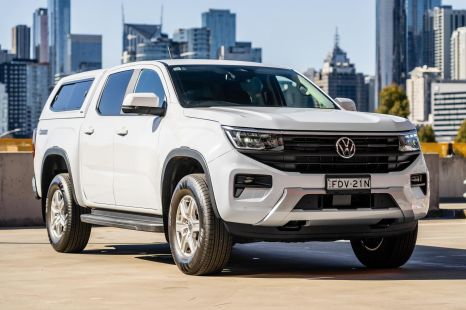

Max Davies
2025 Volkswagen Amarok Life TDI500 review
1 Month Ago

News Editor
Great Wall wants to take on the Ford Ranger and Toyota HiLux with its larger, tougher new ute but its power and towingcapacity figures fall short on paper.
Information lodged on the Department of Transport and Regional Services’ Road Vehicle Certification System shows the new ute from Great Wall will produce 120kW of power, 400Nm of torque and have a braked towing capacity of 2250kg.
The latter figure is 1250kg short of 4×4 variants of the top-selling Ranger and HiLux, not to mention the SsangYong Musso, which Great Wall has previously promised to target with its pricing. It’s also 850kg off that of the Mitsubishi Triton.
Unbraked towing capacity is identical at 750kg.
Great Wall executives in China had previously said braked towing capacity for the new ute would be 3500kg.



The Great Wall’s engine also falls closer in its outputs to the entry-level, fleet-spec turbo-diesels in the Ranger XL (118kW/385Nm) and HiLux Workmate (110kW/400Nm) rather than the more powerful diesel options in their respective ranges, which offer upwards of 150-157kW of power and 500Nm of torque.
It also falls shy of the Triton, which offers 133kW of power and 430Nm of torque from its turbo-diesel four.
When it arrives late this year, the Great Wall ute will offer both ute and cab-chassis body styles.
The RVCS has recorded the name “Poer” for the new ute, though we understand this name isn’t guaranteed for Australia.
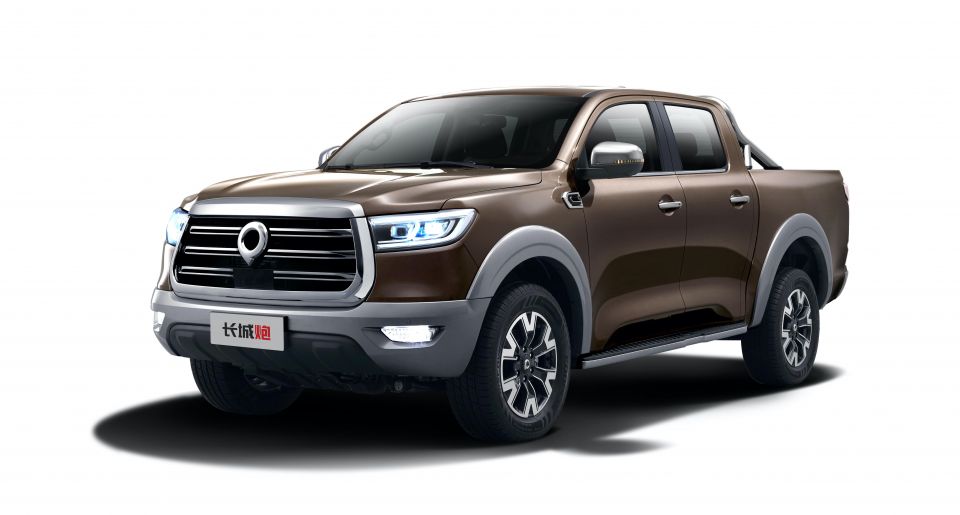
All utes will use the same 2.0-litre turbo-diesel four-cylinder engine, mated to either a six-speed manual or ZF-sourced eight-speed automatic transmission.
The two-door cab-chassis and two-door ute will only be available with the manual transmission, but both offer the choice of rear- or four-wheel drive according to the RVCS.
The dual-cab ute has a more chrome-laden exterior and is available with either rear- or four-wheel drive and manual or automatic transmissions.
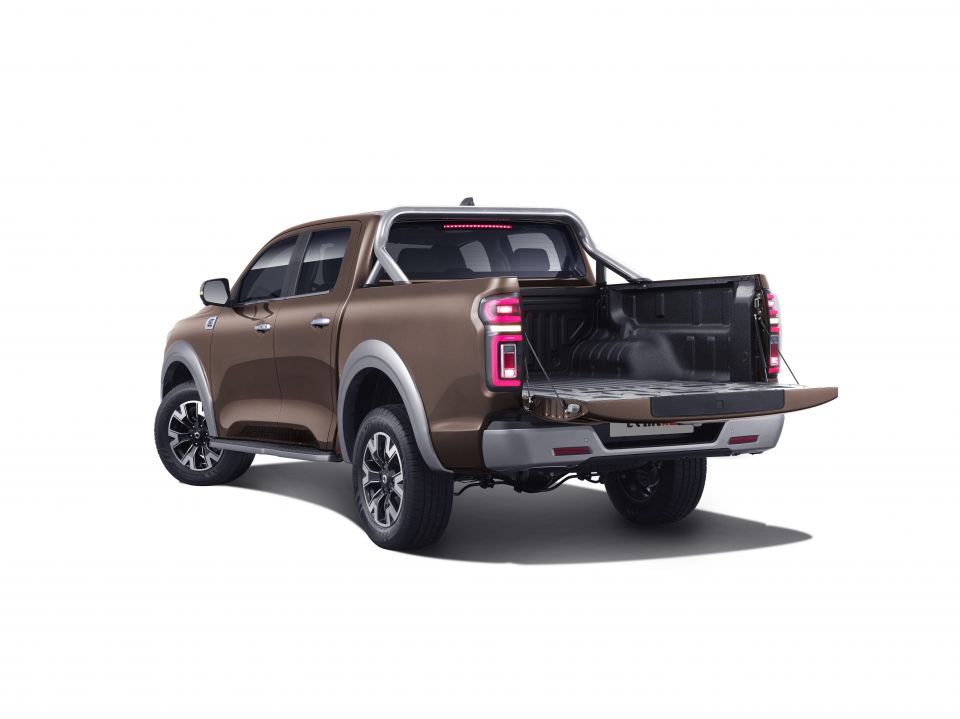
Great Wall Motors has promised a more powerful turbo-diesel is on the way. It revealed a 145kW/400Nm unit at last year’s Shanghai motor show and alluded to one with 500Nm of torque being in the works.
The company also revealed last year an EV version with a claimed electric range of up to 500km.
While the Poer’s power is down on rivals like the Toyota HiLux and Ford Ranger, it’s a step up from the outgoing Steed’s 110kW/310Nm diesel.
It needs to be. The Poer is significantly bigger than its predecessor. Comparing dual cab 4×4 models, the Poer is 65mm longer, 134mm wider and 126mm taller.

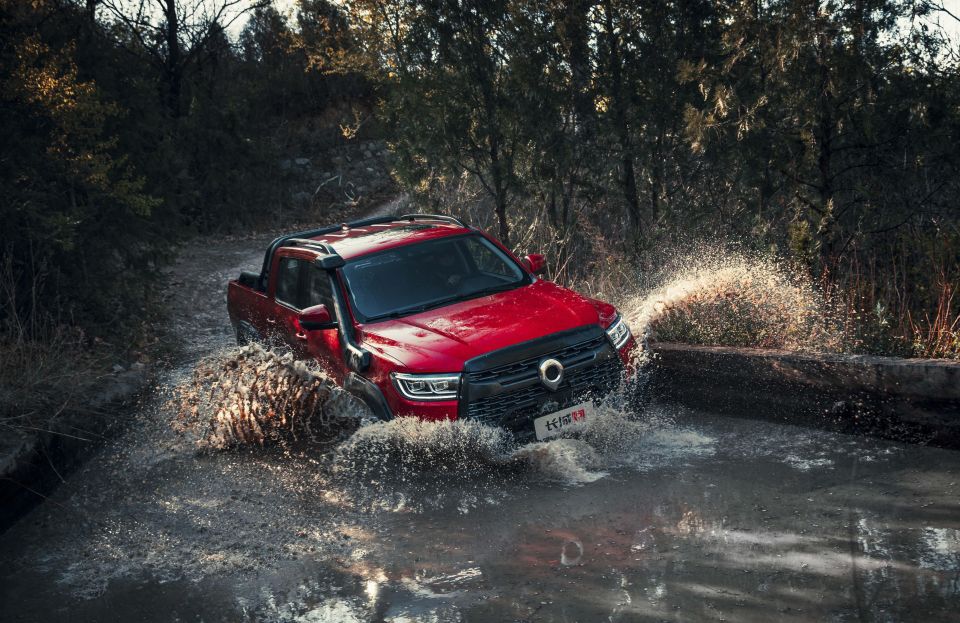
At 5410mm long, 1934mm wide and 1886mm tall and with a 3230mm long wheelbase, the four-wheel drive dual-cab Poer is sized similarly to a HiLux or Ranger – and in some dimensions it’s bigger.
The HiLux is 5325mm long and 1855mm wide with a 3085mm wheelbase, while the Ranger is 5446mm long and 1867mm wide with a 3220mm long wheelbase.
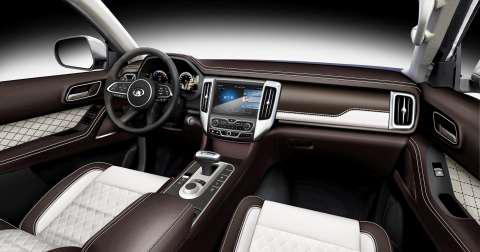
This is a larger, more upmarket ute than the current Steed, which means the base price is likely to increase beyond the current sub-$20,000 opener.
The new ute also bids adieu to the weedy, Mitsubishi-sourced 2.4-litre petrol of the Steed, a staple in the Great Wall range since the brand first arrived here over a decade ago.
We expect Great Wall to offer the active safety technology finally introduced to the Chinese market, including lane-keeping assist and autonomous emergency braking with pedestrian and cyclist detection, to help bolster the truck’s safety credentials. The Steed lacks any active safety tech and has a dismal two-star rating from ANCAP.

Other new features for the Great Wall brand include a 9.0-inch touchscreen infotainment system, a surround-view camera, remote start and adaptive cruise control.
An off-road model available in the Chinese market offers triple differential locks, a built-in front winch and an All Terrain Control System with seven different modes. There are also tank U-turn and creep functions.
In the Chinese market, the dual-cab ute also offers a multi-link rear suspension in lieu of the leaf springs of other variants. Great Wall hasn’t confirmed whether it’ll follow suit in offering two different suspension set-ups as SsangYong has with its Musso, which offers either a leaf spring or mult-link rear suspension.
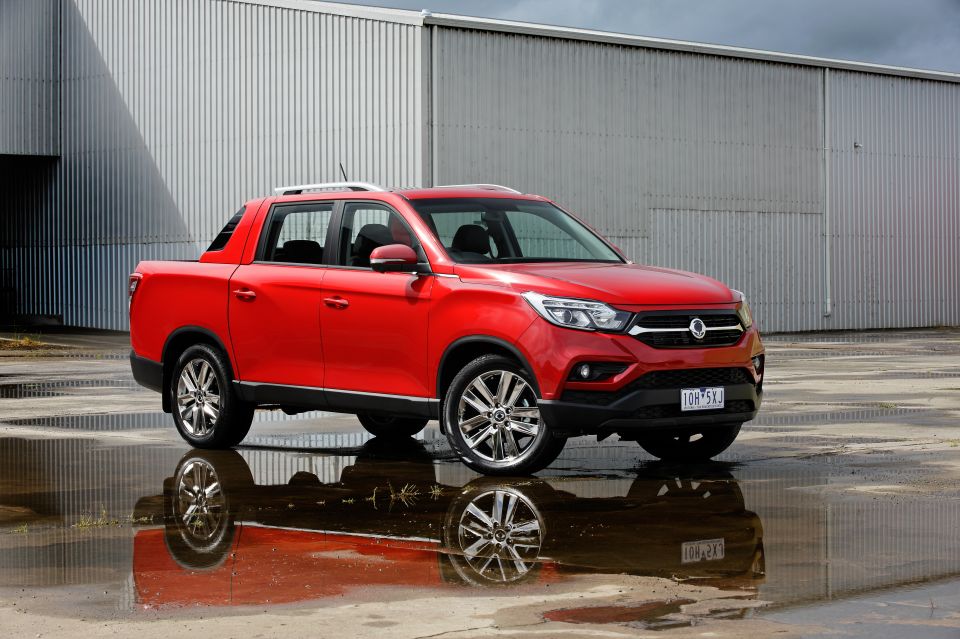
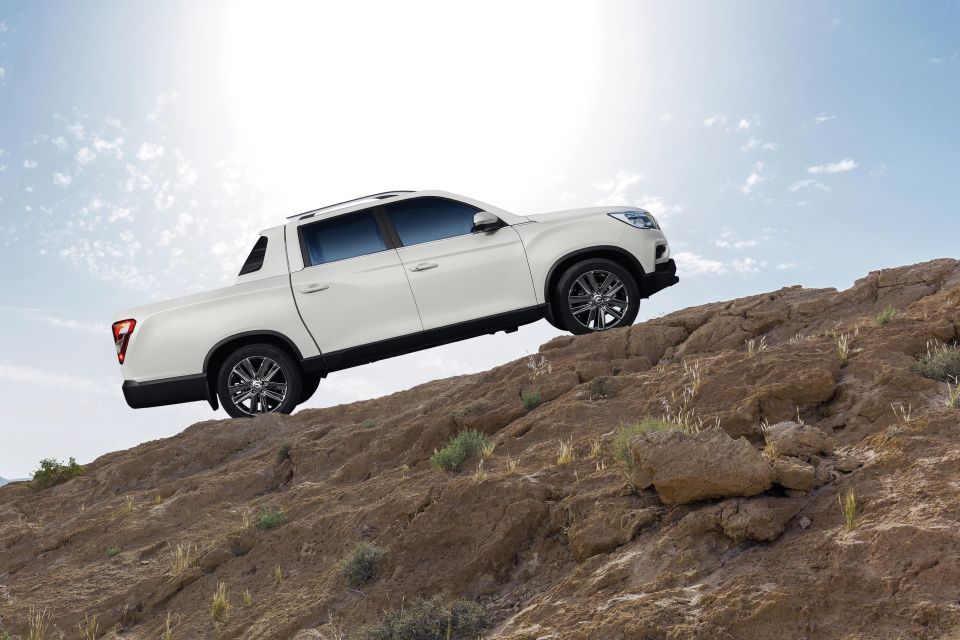
While not a strong seller, the SsangYong is the ute to beat in this budget end of the market. Available only with four-wheel drive and a dual-cab ute body but in regular or extended (XLV) lengths, the Musso is priced between $30,490 and $43,990 drive-away.
In comparison, the cheapest dual-cab 4×4 HiLux ute is $46,790 before on-road costs, while a comparable Ranger is $48,690 before on-roads and even the more budget-friendly Triton starts at $36,540 (list) in cheapest 4×4 dual-cab spec.
In addition to its superior braked towing capacity, the Musso also packs a slightly more powerful engine than the Great Wall with 133kW of power but an identical 400Nm of torque.
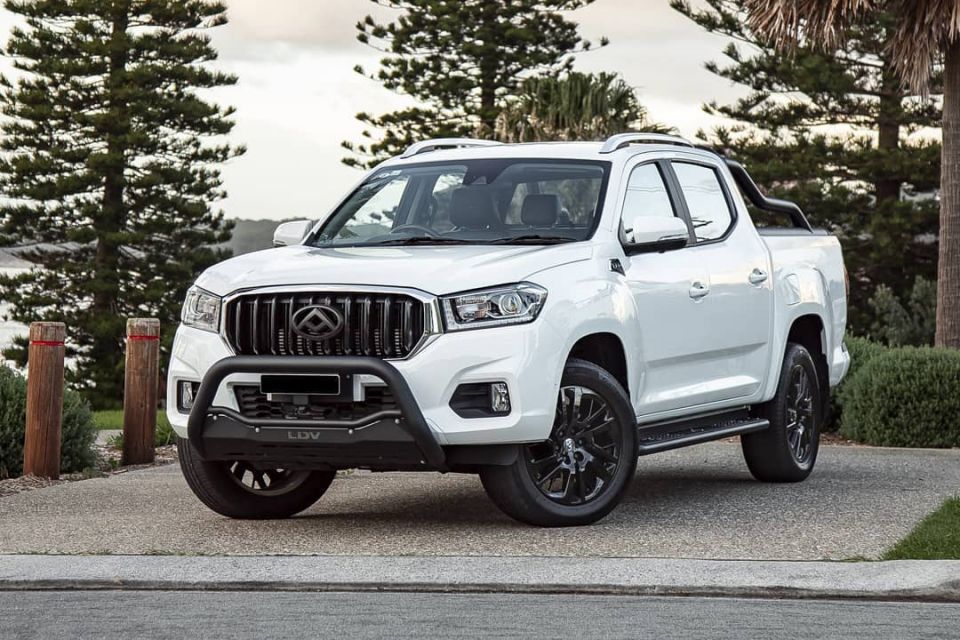

Year-to-date, the Musso is outpacing the Steed with 576 sales against the Great Wall’s 375. Both fall well short of the Chinese LDV T60, which is sitting at 2676 sales so far this year.
While the T60 is less powerful than the upcoming Great Wall ute, even when looking at the more powerful engine in its range, it, too, bests it in braked towing capacity at 3000kg.
Where expert car reviews meet expert car buying – CarExpert gives you trusted advice, personalised service and real savings on your next new car.
William Stopford is an automotive journalist based in Brisbane, Australia. William is a Business/Journalism graduate from the Queensland University of Technology who loves to travel, briefly lived in the US, and has a particular interest in the American car industry.


Max Davies
1 Month Ago
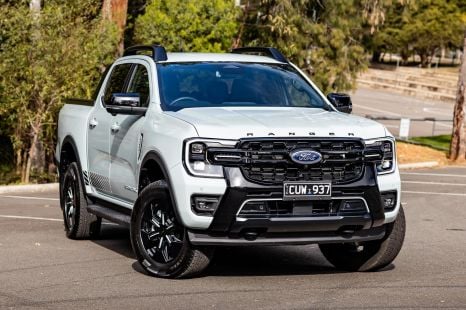

Matt Campbell
22 Days Ago
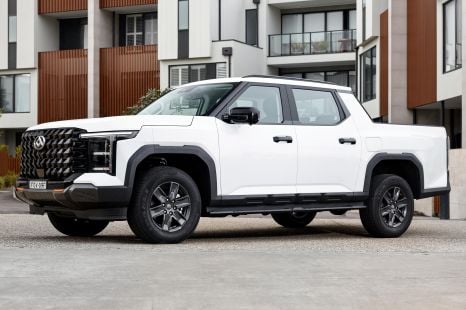

Damion Smy
15 Days Ago


Josh Nevett
13 Days Ago
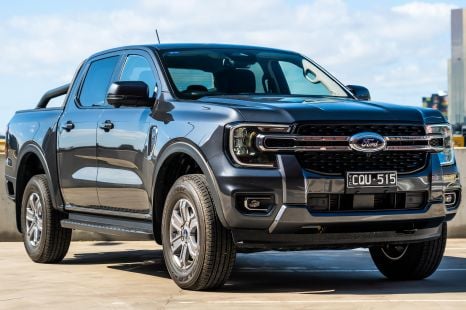

Damion Smy
13 Days Ago
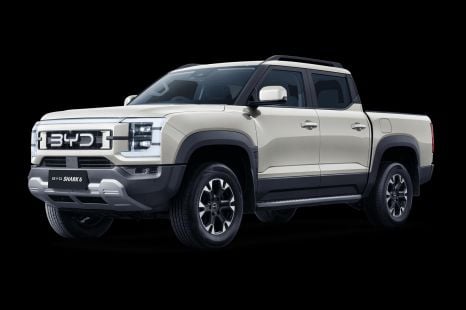

William Stopford
13 Days Ago